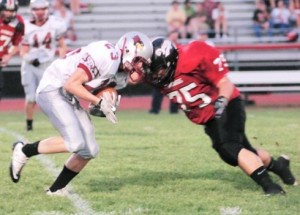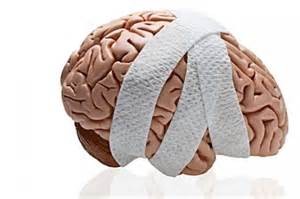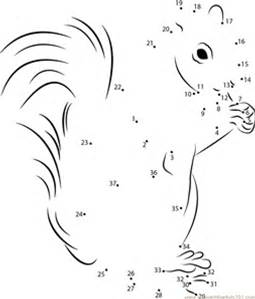Remember connecting the dots as a kid and seeing the squirrel emerge? As kids, we had to move our crayon from 1 to 2 to 3 because we couldn’t imagine what the picture was going to be. With more experience, we could “see” the picture without drawing any line. It’s time to connect the dots at work and “see” if we like the picture, or if it’s time to change the dots and draw one we’re proud of.
Here are the dots …
 |
 |
 |
 |
Dot 1: Football
Reports about the serious health issues and early deaths of football players due to concussion-related injuries have pulled back the curtain on the NFL and other contact sports. The key curtain-puller was Dr. Bennet Omalu, a Nigerian-American physician who was the first to discover and publish findings of chronic traumatic encephalopathy (CTE) by examining American football players while working at the Allegheny County Coroner’s Office. (Watch a behind-the-scenes interview-Concussion with Will Smith & Dr. Bennet Omalu about the movie Concussion .)
Dot 2: Our brain
From the Mayo Clinic : Your brain has the consistency of gelatin. It’s cushioned from everyday jolts and bumps by cerebrospinal fluid inside your skull. A concussion alters the way your brain functions. Some symptoms of concussions may be immediate or delayed in onset by hours or days after injury, such as: concentration and memory complaints; irritability and other personality changes; sensitivity to light and noise; sleep disturbances; psychological adjustment problems and depression; appearing dazed.
Reading the list, were you were thinking… Hey, I think I have some of these and I have never played a contact sport…? Consider this: We don’t have to get physically hit to suffer a “cubicle concussion.”
Dot 3: Cubicle Concussions
Seeing a trailer for the movie Concussion crystalized the stories that people in organizations have been sharing with me for years, and that we have been transforming together. Stories of frustration because efforts aren’t recognized, tales of https://aucasinosonline.com/ disappointment because talents aren’t fully used, tales of disrespect because “do as I say, not as I do” rules, and sagas of burnout because personal values are suffocated by the corporate ones laminated and not lived.
These stories are examples of cubicle concussions brought on by concussive conversations. Concussive conversations are reactive and based in the past, rather than being generative and future-based. In concussive conversations, some of what’s present is blame, gossip, no responsibility, victim mentality, little respect for others, and us-versus-them thinking.
Some symptoms of the cubicle concussion, which I learned from my clients and my own experiences, look like this. See how they reflect the symptoms of a physical concussion.
| Symptoms of Physical Concussions |
Symptoms of Cubicle Concussions |
|---|---|
| Concentration and memory complaints |
|
| Irritability, other personality changes |
|
| Sleep disturbances |
|
| Psychological
adjustment problems |
|
| Appearing dazed |
|
(I don’t have the expertise to talk about how we store non-physical experiences in our bodies. If you’re interested, there’s science to read. For instance, cellular memory.)
Dot 4: No one escapes
Ironically, just like two players cracking helmets on the field, the person delivering the concussive conversation is also affected. Even more interesting and relevant to leaders, whose role it is to invent compelling futures, is this: People who observe the concussive exchange are also affected. No one escapes the impact of a cubicle concussion.
See the Squirrel
When we connect the dots at work, the picture is clear. What affects one affects the whole. For example, we’ve seen that when ‘star’ sales people get a free pass, are not held accountable, for their abusive behavior, everyone gets the unsaid message: If you bring in money, you don’t have to treat people with respect. We’ve been in the hallway conversations that veto the decisions made in the meeting we just left. We’ve complained to person A about person B and walked away as if that conversation forwarded the action. (It didn’t.)
All of these interactions create a network of conversations which form the field of play for you and your people. The network of conversations determines what’s possible and what isn’t – it shapes the results and influences people’s sense of fulfillment.
The good news: A network of conversations isn’t set in stone. You can change what’s in the network. How? Generate a new conversation, one that you’re proud of, one that is commitment-based, one that matches your best self, not your small self. As you act from your new conversations and commitments every day (yup, that’s what it takes), you’ll have opportunities to remove the concussive conversations from the past. That’s the work to be done, day-by-day, conversation by conversation.
Subscribe
Get Camille's latest posts!

Excellent article! Good parallel with football examples !
Camille
Your article opened my eyes to realizing that certain conversations and behaviors can have the same force as a physical concussion. Thank you.
Barbara